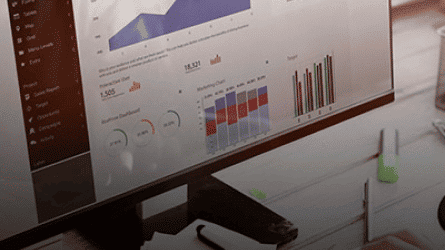a. Report measures taken to advance the collective knowledge, skills, and experience of the highest governance body on sustainable development.
|
Agility has a balanced board structure with diverse backgrounds, expertise and qualified skills to positively impact the company’s performance and enhance its financial position and market share, taking into account the nature and size of the business.
Upon nomination the Board members are assessed to ensure they have the appropriate skills, experience and industry knowledge to serve on the Board and meet its requirements. Additionally, the board has regular training to continue skills development. This training is done in compliance with Agility’s corporate governance requirements, and it is also based on and in compliance with the Kuwait Capital Markets Authority regulations.
The Company has a clear policy that allows Board Members and Executive Management access to training programs, internally and externally, on a regular basis. Board members are also encouraged to regularly attend events and conferences to help them maintain skills, knowledge and expertise as may be required by the company’s business and standing.
Additionally, the Sustainability Committee monitors the Company’s relationships with external stakeholders regarding significant ethics & compliance, health & safety, labor practices, environmental performance, community engagement, and charitable activities matters, and advises the board accordingly.
|
Agility Annual Report 2021, pages 20-21, 24-25
|

